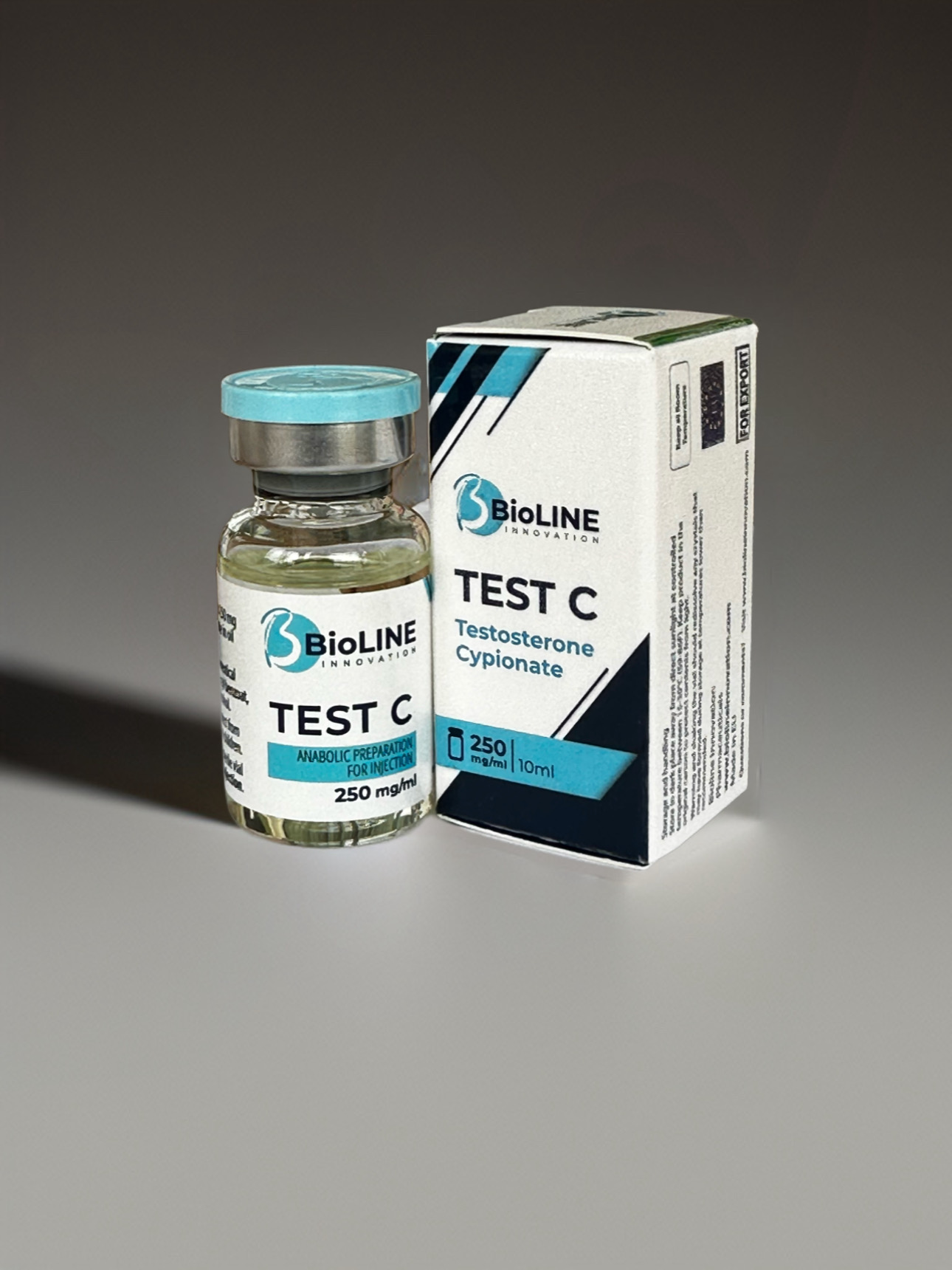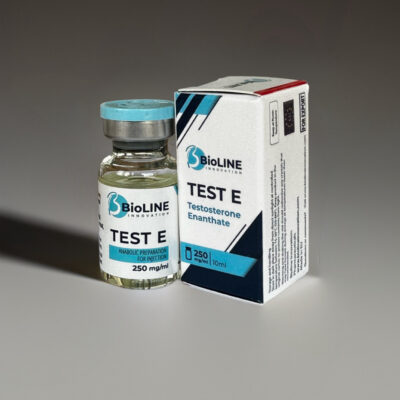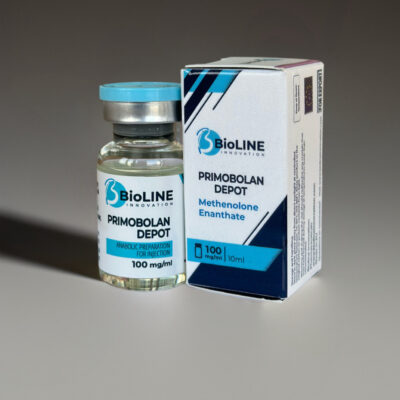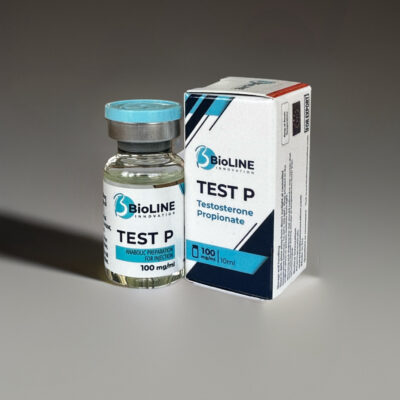General information:
Testosterone esters are less polar than free testosterone. Testosterone esters in oil injected intramuscularly are absorbed slowly from the lipid phase; thus, testosterone cypionate can be given at intervals of two to four weeks.
Testosterone in plasma is 98 percent bound to a specific testosterone-estradiol binding globulin, and about 2 percent is free. Generally, the amount of this sex-hormone binding globulin in the plasma will determine the distribution of testosterone between free and bound forms, and the free testosterone concentration will determine its half-life. About 90 percent of a dose of testosterone is excreted in the urine as glucuronic and sulfuric acid conjugates of testosterone and its metabolites; about 6 percent of a dose is excreted in the feces, mostly in the unconjugated form. Inactivation of testosterone occurs primarily in the liver. Testosterone is metabolized to various 17-keto steroids through two different pathways. The half-life of testosterone cypionate when injected intramuscularly is approximately eight days. In many tissues the activity of testosterone appears to depend on reduction to dihydrotestosterone, which binds to cytosol receptor proteins. The steroid-receptor 2 complex is transported to the nucleus where it initiates transcription events and cellular changes related to androgen action.
Effective dose: 250 – 700 mg / week
Active half-life: 1 – 2 days
Storage: Store in a dry place, protected from direct light between 10-25 °C. Warming and rotating the vial between the palms of the hands will redissolve any crystals that may have formed during storage at low temperatures.





